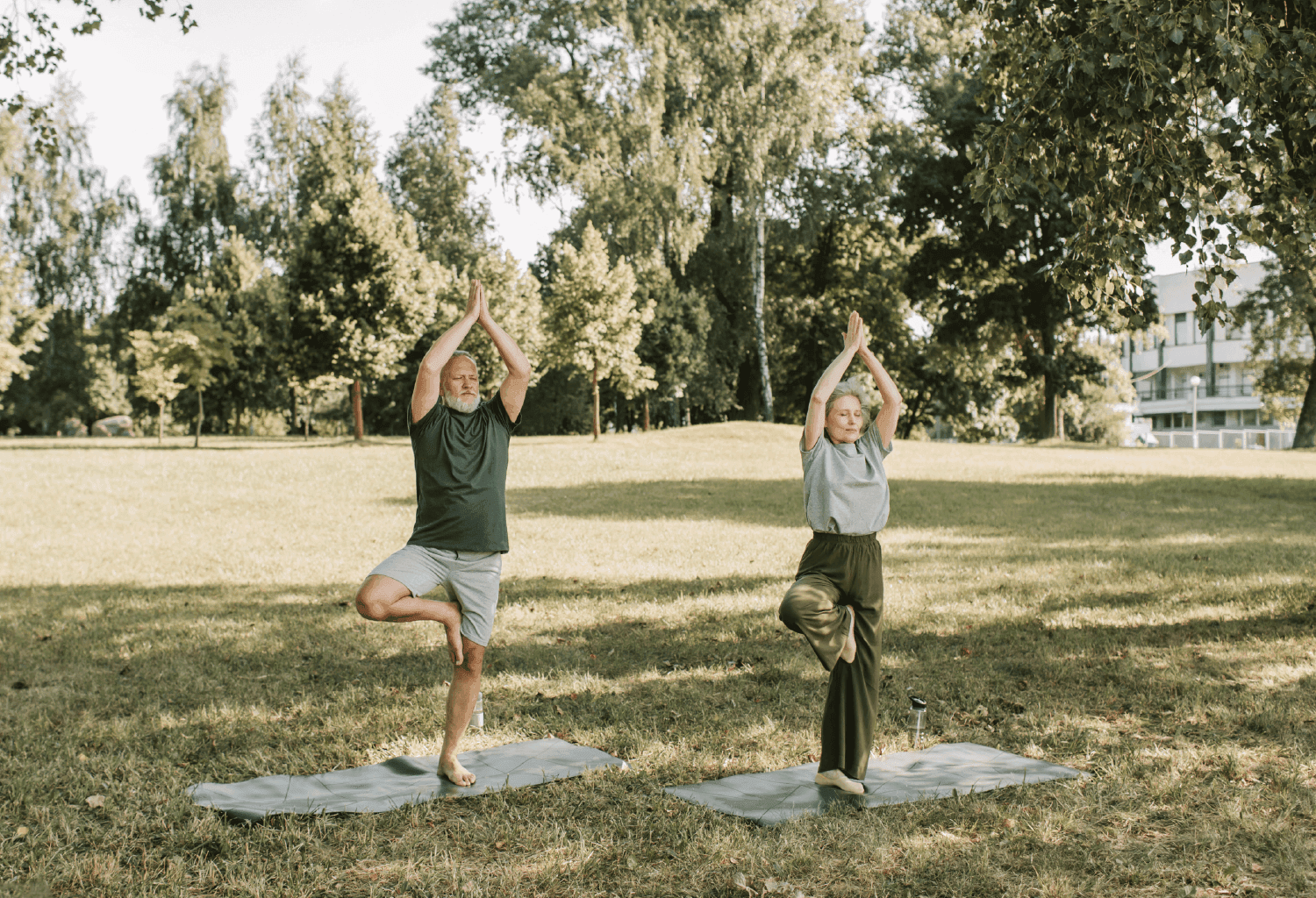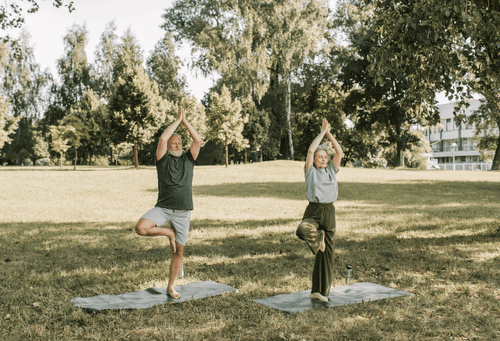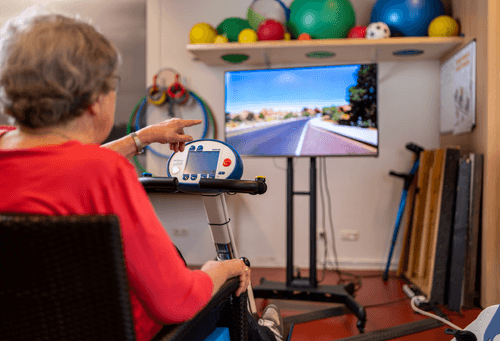Effective tips to get patients moving
Movement is a crucial aspect of a healthy lifestyle, especially for patients recovering from illness or medical procedures. Encouraging patients to move can contribute to their overall well-being and recovery process. In this article, we share tips on how to effectively get patients moving, as well as the role movement plays in their health and happiness.
Factors that stimulate movement
There are various factors that can stimulate movement in patients. One essential aspect is creating a supportive and motivating environment. This can be achieved by offering appealing exercise programs and activities. Active hospitals, as discussed in the article "Bike Labyrinth and Active Hospitals," play a vital role in providing such stimulating environments. They combine medical care with movement facilities, encouraging patients to remain active during their recovery journey.
Guidelines for movement
It's important to follow movement guidelines tailored to the specific needs of patients. These guidelines may vary based on the patient's medical condition, age, and physical capabilities. Medical professionals play a crucial role in advising appropriate exercise activities. For more insights on this topic, check out the article "Should Healthcare Shift Focus from Health to Happiness?" which discusses how happiness and well-being should be integral parts of the healthcare approach.
The importance of mobilization
Why is mobilizing patients so important? The answer is simple yet powerful: movement promotes recovery and enhances overall health and well-being. Prolonged inactivity can lead to muscle atrophy, reduced flexibility, and even depression. Regular exercise increases blood circulation, strengthens muscles, and can positively impact patients' mood. A healthy lifestyle, including sufficient exercise, contributes to maintaining a strong immune system and improved quality of life, as discussed in the article "Engaging Physical Activities for Seniors: Fun and Active Games to Stay Moving."
Healthy movement pattern
What constitutes a healthy movement pattern for patients? Striking a healthy balance between different types of movement is essential. This includes aerobic exercises like walking or cycling to stimulate the cardiovascular system, as well as strength training to build muscles. Flexibility and balance exercises can also enhance mobility. It's advisable to consult with a medical professional to create a personalized exercise plan that aligns with the patient's needs.
Getting patients out of bed
Encouraging patients to get out of bed can be a challenge, especially when they feel weak or fatigued. However, early mobilization is vital. Even simple activities like sitting on the edge of the bed, stretching, and performing gentle limb movements can be the initial steps. Medical professionals can assist in determining suitable levels and methods of movement based on the patient's condition.
Incorporating movement into care
Integrating movement as an integral part of the care approach holds numerous benefits for patients. It not only contributes to physical recovery but can also enhance patients' mental well-being. Providing various movement opportunities, such as group exercises, walks, or even virtual bike rides using innovative technologies like Bike Labyrinth, can help keep patients motivated and accelerate their recovery process.
The joy of movement
An aspect not to be overlooked is the joy associated with movement. Engaging patients in activities they enjoy and that make them happy can increase motivation. Games and interactive exercises can be a fun way to get patients moving, as described in the article "The Most Enjoyable Games for Seniors to Get Moving." These activities can offer not only physical benefits but also promote social interaction and a sense of accomplishment.
Individual approach
Each patient is unique, making an individual approach essential in encouraging movement. What works for one patient may not work for another. It's crucial to listen to patients' needs and concerns and respect their movement goals. Medical professionals can collaborate with physiotherapists and movement specialists to develop customized plans that fit each patient's condition and objectives.
Summing up all movement tips
Encouraging patients to move is an integral part of their recovery and health journey. Let's recap the tips for convenience:
- Create a motivating environment
- Tailor movement guidelines to the individual
- Mobilize patients
- Maintain a healthy balance between different types of movement
- Motivate patients to get out of bed
- Integrate movement into care
- Games make movement even more enjoyable
- Don't forget the individual approach
By creating a supportive environment, following movement guidelines, and addressing both physical and mental aspects, patients can experience the benefits of regular exercise. Integrating movement as part of the care approach can not only accelerate the recovery process but also contribute to patients' overall happiness and well-being.
Would you like to learn more about the importance of movement for patients and how innovative approaches like Bike Labyrinth can contribute to an active lifestyle? Read the full articles "Bike Labyrinth and Active Hospitals" and "Should Healthcare Shift Focus from Health to Happiness?" for more in-depth insights or request our free brochure.





